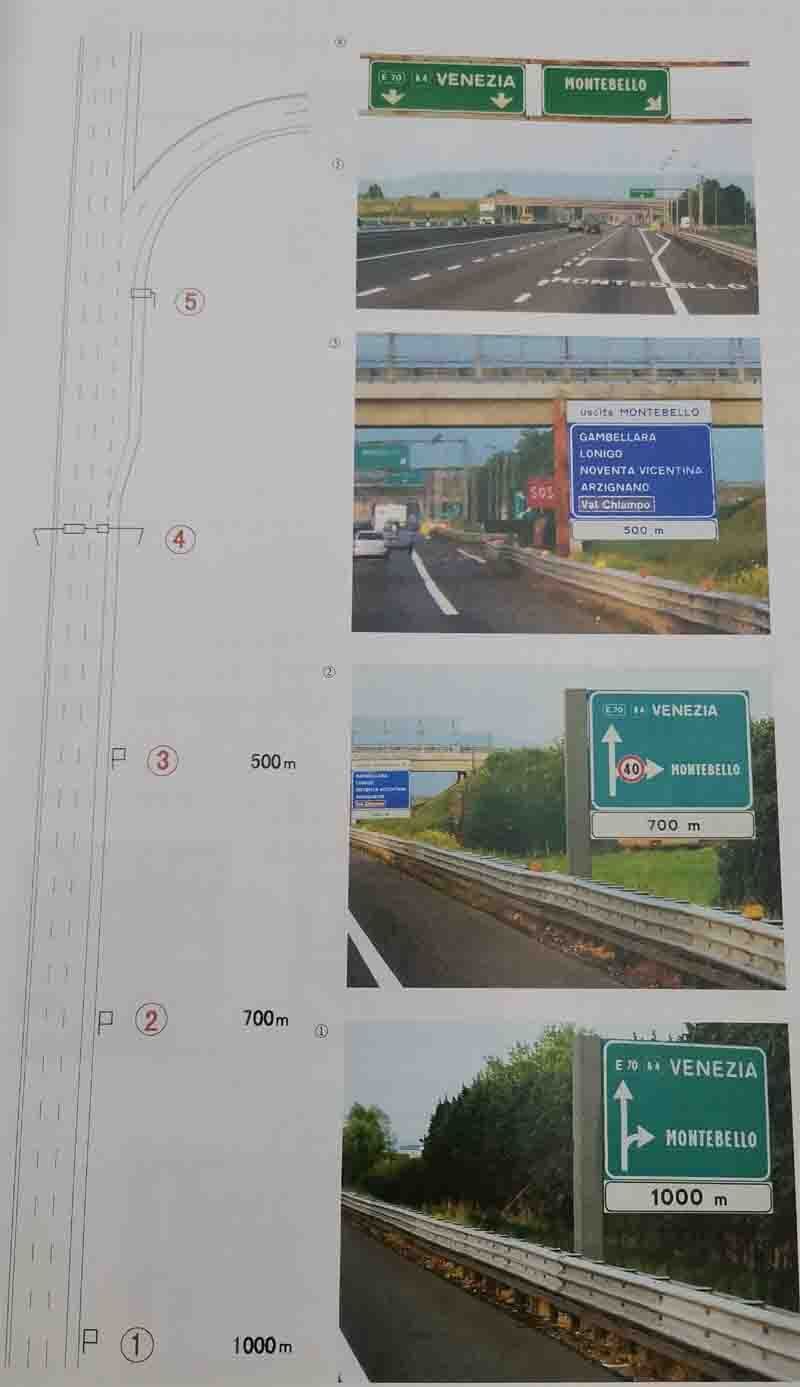Mingsheng Aluminum Sheet Home > faq > Aluminum Alloy > Italian motorway signposts
Italian motorway signposts
Author:Aluminum Sheeting for Trailers_Aluminum Trailer Siding Sheets_Mingsheng Aluminum Update time:2025-04-22 08:16:01Italy is located in the south of Europe, with a land area of about 300,000km2. Italy's fame, in addition to the history and culture, scenic spots, football fashion, its traffic is also famous for the world, ‘all roads lead to Rome’ is a proverb known to everyone, because more than 2,000 years ago, the traffic of the ancient Rome has been well-connected. Today, Italy already has a motorway as the main skeleton, the layout of the modern road network, the country's total road mileage of more than 300,000 kilometres, of which about 8,000 kilometres of motorways, and most of the two-way six-lane. Although motorways account for only 2.6 per cent of the total mileage of the country's roads, due to the high capacity and high speed of motorways, coupled with the fact that motorways have already formed a network throughout the country, motorways bear more than 25 per cent of the country's traffic flow.
Italy unified numbering of the country's roads, mainly divided into three categories: a class of European motorways, the number begins with the letter E, such as longitudinal E35.E45, horizontal E70, E80, etc. (E is the abbreviation for Europe); a class of national motorways, the number begins with the letter A, such as A1, A4, A22, etc. (A is the abbreviation for Autostrada); a class of national highways, the number of SS letters to begin with the letter A1, A4, A22, etc. (A for Autostrada). National highways, numbered with the letter SS, such as SS11, SS515, etc. (SS stands for Strada Statale). One of the more famous and important motorways in Italy is the A1 motorway, known as the ‘Sunshine Road’, which runs from Milan in the north of Italy to the south, passing through Florence, Rome, Naples and other big cities, and then to the sunny southern city of Lezzo, with a total length of more than 1,200 kilometres.
Driving in the Italian highway, not only the road outside the scenery is charming, colourful signs are also eye-catching. In Italy, European motorways (E) and national motorways (A) have white letters on a green background, while national highways (SS) have white letters on a blue background, in addition to other types of signs such as white, brown and yellow. I think Italy's motorway wayfinding signs are very distinctive in Europe, not only are their colours different from those of Britain and France, but they are also unique in their wayfinding information processing. The following is an example of a set of signs in front of a motorway interchange exit.

The first point is the first exit warning sign, 1000m away from the exit fork, which is a very unique roadside single-post sign. The signage information of the wayfinding sign is very simple. Clearly, only one most representative place name information is selected for each direction, and the road number of the motorway in which the sign is located is also marked in the straight ahead direction.
Point ② is the 2nd exit warning sign, 700m away from the exit bifurcation point, and the distance to the exit is set below the main sign in black letters on a white background. The information of the sign is the same as the first warning sign, but the speed limit of 40km/h is added to the right-turn exit arrow, which indicates that you need to slow down when entering the exit ramp.
The third point is the third exit warning sign, 500m away from the exit bifurcation point, the sign at this point is special, it is changed to a white sign on a blue background to increase the warning of other destinations that can be reached by this exit, because the previous sign only gives information about the direction of one exit which will not satisfy the requirements of the road users. This way of dispersing the wayfinding information has some advantages, avoiding the concentration on the same sign and the information overload.
Point 4 is an exit directional sign, which is changed to a gantry sign and set at the beginning of the exit deceleration lane. Although the information on the sign face is the same as that on the 1st and 2nd advance warning signs, the information on the mainline forward direction and the exit direction are set on different sign faces, and vertical downward and inclined downward lane directional arrows are added. This sign, combined with the text and arrows set on the road surface, constitutes a three-dimensional way of forecasting, clearly displaying the information of the mainline forward and exit directions and prompting drivers to follow the lanes.
Point ⑤ is an exit sign, which has been changed to an F-shaped single cantilever sign and is installed near the exit turn-off point. This sign no longer displays information about the forward direction of the mainline, but only gives information about the exit direction, and indicates the direction of the exit ramp with an arrow.
Article Categories
New Article
Contact Us
Contact:Maddy
Add:No. 162 Jinbai Road, Zhengzhou City, Henan Province, China
